The を (Wo) Particle
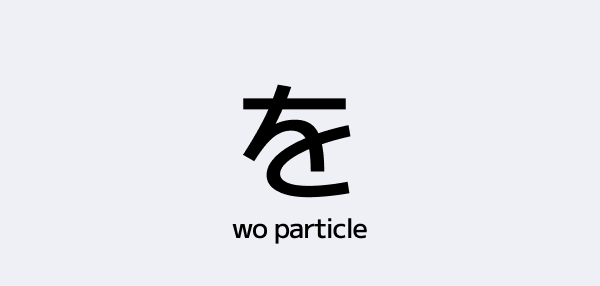
Introducingを(wo), the direct object marker
The particle を(wo) is one of the most essential and frequently encountered particles in Japanese. It's primarily used to mark the direct object of a verb—the noun that receives the action. While it's written as "wo," in spoken Japanese, it's often pronounced simply as "o."
Understanding how to useをcorrectly is crucial for forming grammatically accurate and natural-sounding sentences in Japanese. Let's break down everything you need to know about this particle.
1. What DoesをDo in a Sentence?
The particleをis used to mark the object of the verb. It directly follows the noun and precedes the verb.
Example:
すしをたべます。 Sushi o tabemasu. (I eat sushi.)
Here, すし (sushi) is the direct object, andをlinks it to the verb たべます(tabemasu), meaning "eat."
Example:
しごとをします。 Shigoto wo shimasu. (I do work.)
Example:
インスタをみます。 Insta wo mimasu. (I look at Instagram.)
Note: Japanese people love to abbreviate everything. So Instagram is インスタ(Insta). Smartphone is スマホ (sumaho). If a word has more than 4 syllables, you can bet there's a shorter version in Japanese!
2. Pronunciation and Placement
- Pronunciation: Although it’s written as “wo,” it’s pronounced "o" in modern spoken Japanese.
- Placement: を always follows the noun and directly precedes the verb. There should be no other words between the object and を.
Correct: ほんをよみます。 Hon o yomimasu. (I read a book.)
Incorrect: をほんよみます。 Wo hon yomimasu. (This is grammatically incorrect.)
Note: Typing "wo" in Japanese
In much of romaji, it's written as "wo" because when you type Japanese... you need to type "w-o" to avoid gettingお("o") instead. Usingおwould be grammatically incorrect.
3. The Role ofをas the Direct Object Marker
Most commonly, を marks the direct object of transitive verbs—verbs that require an object to complete their meaning.
Examples:
どうがをみます。 Douga wo mimasu. (I watch a video.)
コーヒーをのみます。 Kōhī wo nomimasu. (I drink coffee.)
メールをかきます。 Meeru wo kakimasu. (I write an email.)
This usage is consistent across various transitive verbs like食べる(たべるtaberu - to eat),飲む(のむnomu - to drink),見る(みるmiru - to see), and書く(かくkaku - to write).
4. Avoiding Confusion:をvsはvsが
One of the common challenges learners face is distinguishing between the particles を, は, and が. As a rule of thumb:
- を marks the direct object.
- は marks the topic.
- が marks the subject or emphasizes the action’s performer.
Example:
わたしはほんをよみます。 Watashi wa hon wo yomimasu. (I read a book.)
Here,
- わたし(watashi) is the topic, marked by は.
- ほん(hon) is the object, marked by を.
- よみます(yomimasu) is the verb.
Swapping は and を would confuse the meaning and structure.
5. Usingをwith Motion and Path Verbs
In addition to marking objects, を can also be used with motion verbs to indicate the path or route through which movement occurs.
Examples:
こうえんをさんぽします。 Kōen wo sanpo shimasu. (I take a walk through the park.)
みちをわたります。 Michi wo watarimasu. (I cross the street.)
はしをわたります。 Hashi wo watarimasu. (I cross the bridge.)
In these cases,をmarks the area or route that the subject moves through, extending its use beyond just direct objects.
6. Common Mistakes to Watch Out For
❌ Mistake 1: Omittingを
Unlike particles like は and が, を is rarely dropped in normal speech because it’s crucial for clarifying what the verb is acting upon. Omitting を can make the sentence hard to understand.
Incorrect: おんがくききます。 Ongaku kikimasu. (This is incorrect because we don’t know what’s being listened to.)
Correct: おんがくをききます。 Ongaku wo kikimasu. (I listen to music.)
❌ Mistake 2: Misplacingを
Placeをimmediately after the object. Misplacing it will break the sentence structure.
Incorrect: をほんよみます。 Wo hon yomimasu. (This is incorrect.)
Correct: ほんをよみます。 Hon wo yomimasu. (I read a book.)
7. Quick Practice Examples
Try these sentences and practice speaking:
おちゃをのみます。 Ocha wo nomimasu. (I drink tea.)
きじをよみます。 Kiji wo yomimasu. (I read the article.)
えいがをみました。 Eiga wo mimashita. (I watched a movie.)
みちをはしります。 Michi wo hashirimasu. (I run along the road.)
Final Notes
- を is never optional when a direct object is present in a sentence.
- It clearly shows what’s being acted upon, making sentences more precise.
- With practice, you’ll become more comfortable usingをin various contexts, including with motion verbs and transitive verbs.
Masteringをearly on will help you create grammatically correct and natural-sounding Japanese sentences, laying the foundation for fluency.
Related Grammar
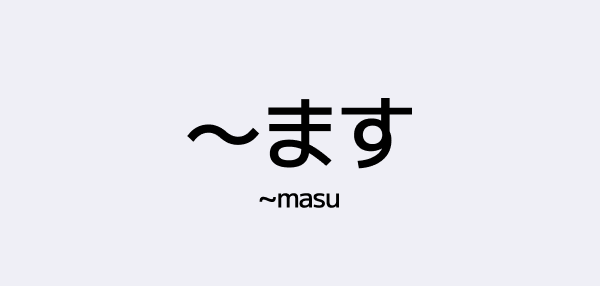 F Rank
F Rank~ます (Masu) in Japanese Grammar
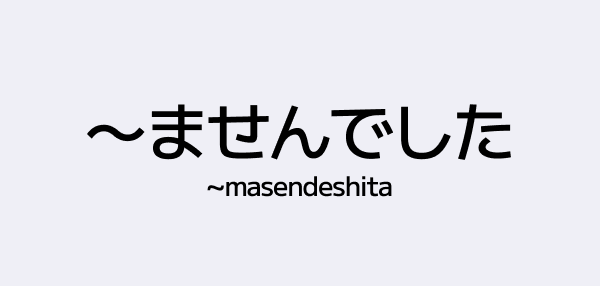 F Rank
F Rank~ませんでした (Polite Past Negative Form)
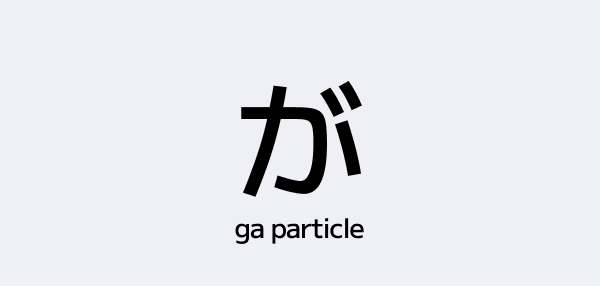 F Rank
F RankThe が (Ga) Particle
Discover how the Japanese particle が works as a subject marker, how it differs from は, and how it adds nuance, emphasis, and clarity in both casual and formal contexts.
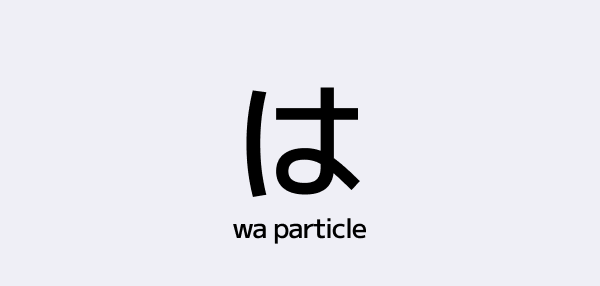 F Rank
F RankThe は (Wa) Particle
Learn how to use the Japanese particle は (wa) with clear explanations, examples, and common mistakes to avoid. Master は vs. が, sentence structure, and emphasis!
